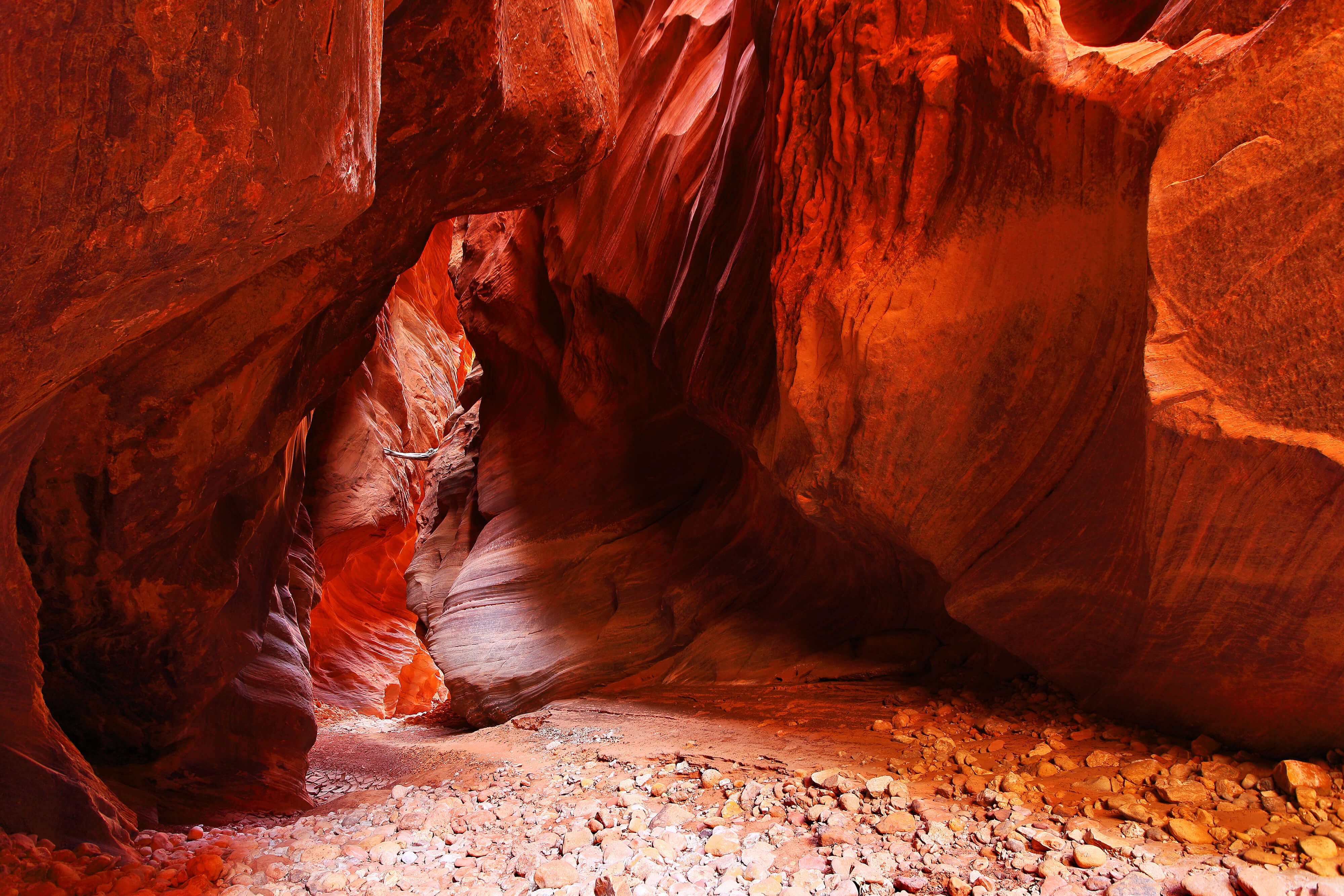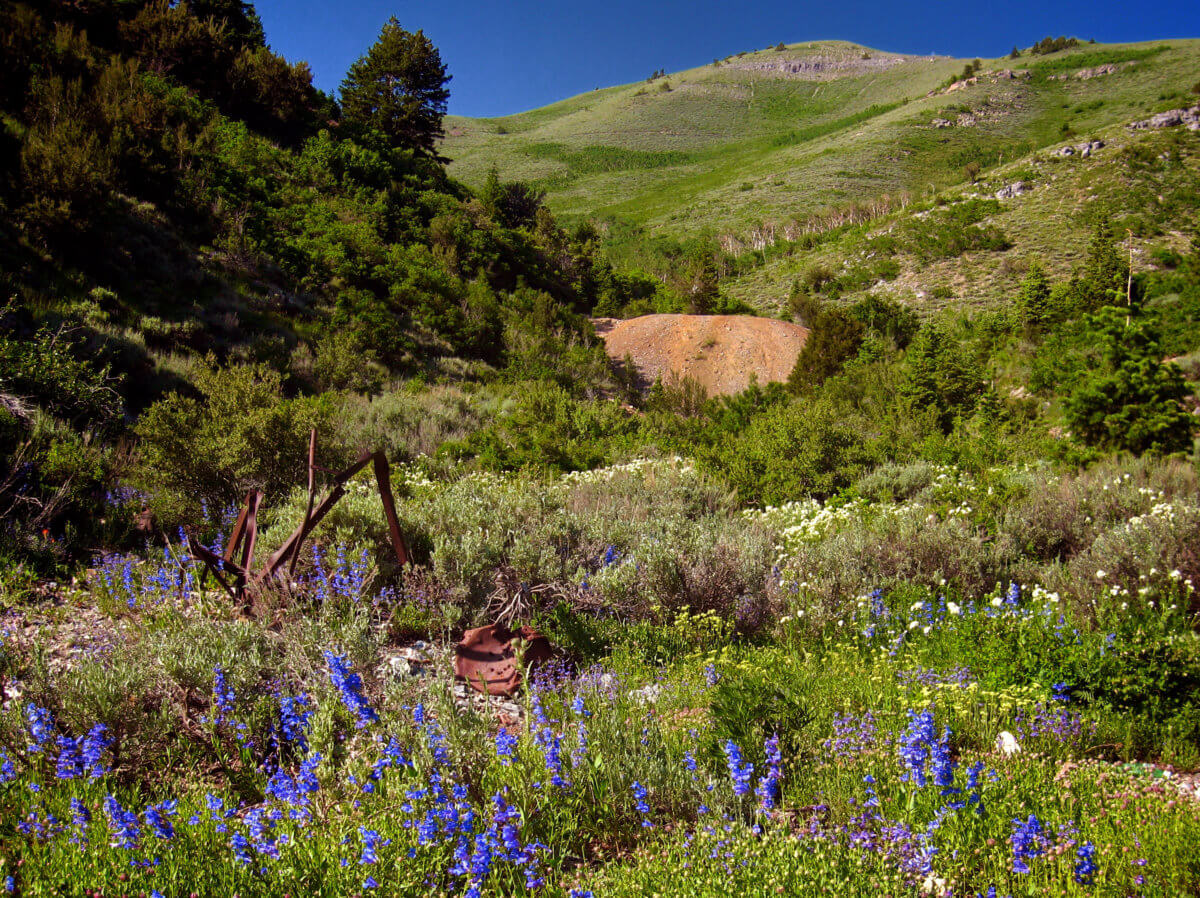Utah’s Gold Mining History
In 1847, Mormon pioneers first entered Utah Territory and settled in the Salt Lake Valley. Their arrival heralded a new wave of migration and development that would wash across the region. Their leader, Brigham Young, was both a visionary and a pragmatist. With his razor-sharp acumen, he carved a habitable swath of land from the desert valleys of Utah.
Brigham denounced mining and prospecting for precious metals. Instead he urged his people to engage in more “productive” pursuits such as agriculture, business, and establishing new satellite communities. Mining activities among the Mormon settlers were limited to those minerals required for industry, such as salt, coal, iron, lead, and sulfur.
It wasn’t until 1850 that a group of travelers headed for California discovered gold in Utah. The newly discovered vein cropped out among some rocks about 100 miles southwest of Salt Lake City. Native Americans drove off the initial group of prospectors, and threatened any who attempted to mine the area. The allure of gold proved strong, however, and the prospectors were doggedly persistent. Small amounts of gold, silver, and lead were harvested over the following few years. Eventually this area would become part of the Gold Hill mining district.
Few individuals proved as instrumental in Utah’s mining industry as Patrick E. Connor. Connor was a United States Army general who was discontent with his assignment in Utah. He actively pursued other interests such as mining. In 1863, Connor helped organize Utah’s first mining district.
Connor fostered a deep-seated antipathy for the Mormons. His promotion of precious metal mining in Utah was, in part, an effort to dilute Brigham Young’s “theocratic” influence. Connor figured that encouraging enough non-Mormons to enter the territory would limit Young’s sway. In the early 1860s, Conner’s soldiers discovered lead and silver ore in Bingham Canyon. Just one year later, prospectors stumbled across large gold placers hidden in the bottom of the canyon. They proved to be Utah’s most productive placers, yielding over 1.5 million dollars worth of gold.
Soon more gold placers were discovered in Tooele County, in the Mercur mining district. A few prospectors staked claims, but abandoned their efforts due to the scarcity of water and pannable gold. Attempts to mine gold-bearing minerals also failed, since the gold could not be effectively separated from the rock. Rich deposits of silver ore allowed the mining industry to flourish in the area until the late 1800s. In 1890, a newly developed cyanide leaching process allowed profitable extraction of the previously abandoned Mercur deposits. Over the next 10 years, almost 2 million tons of gold ore were extracted from the Oquirrh Mountains, producing eight million dollars worth of gold.
During the late 1800s and early 1900s, gold placers were discovered and mined along the Green, San Juan, and Colorado Rivers. Gold was also discovered in many other areas, including the Tintic Mountains, Park City, American Fork, and Gold Mountain. Prospectors staked thousands of claims, most of which were mined until dry.
Gold production wound down during World War I, but picked up again during the Great Depression. Prospectors searched high and low for the promise of freedom from the financial upheaval of that decade. The mountains and hills of Utah were combed for any sign of gold. This all came to an abrupt halt in 1942, when gold mining was declared off-limits by the War Production Board until war’s end.
Following World War II, many mines were abandoned due to financial concerns. Large mining conglomerates continued to operate in Bingham Canyon, the Tintic Mountains, Big and Little Cottonwood Canyons, the Oquirrh Mountains, as well as a few other places. Some of these mining operations only produced gold intermittently or as a byproduct of other primary ores.
Exploration for gold continues throughout Utah. Unfortunately the days of pack-mules and gold nuggets are largely gone. Current efforts within the state primarily involve large corporations using new technology to extract low- grade ore from previously abandoned deposits. But next time you’re exploring, keep your eyes open. You never know what lies around that next outcropping of rock.
Special thanks to UGS for providing a wealth of information on Utah’s mining history.






I had no idea that gold was found in Utah in 1850 and that mining was discouraged back then both by Brigham Young and the local Native Americans. From what I can see from this article, Utah was a pretty prominent gold mining state. However, do you know what the War Production Board declared the activity off-limits until the war ended?